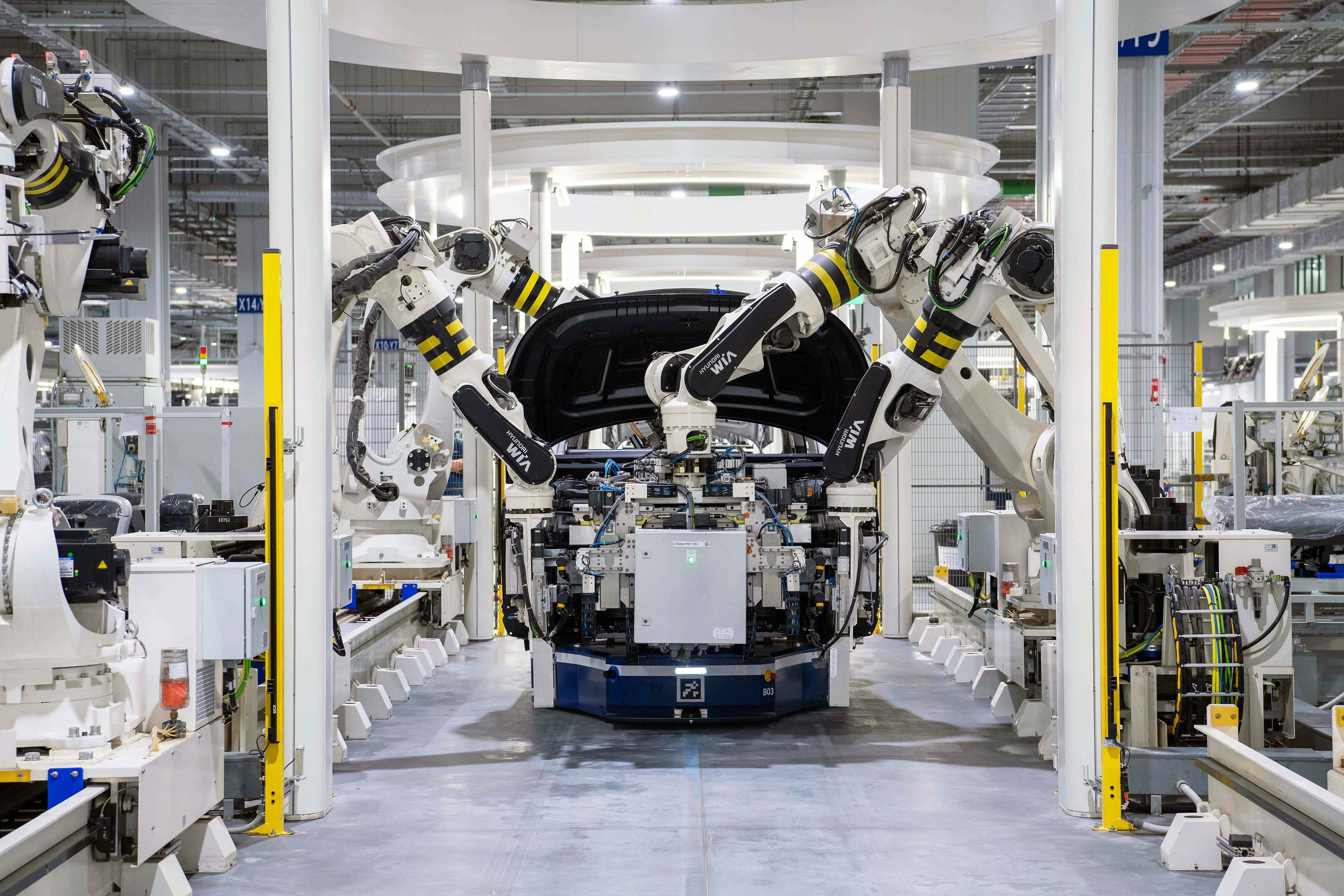Imagine walking into a conference room in which everything, from the lighting to the placement of AV components, is carefully thought out. The technologies work perfectly, and the room itself promotes collaboration and a productive atmosphere. Professional AV integration makes it a reality, offering new opportunities and innovative solutions.
Effective visual collaboration connects teams, encouraging everyone to share his ideas. As remote work becomes more common, the design and functionality of your conference room should respond to this trend. Let’s explore the best practices to create an atmosphere where every participant gets engaged and involved.

Understanding the Role of Conference Room Design
The design of the conference room significantly influences the process and productivity of video collaboration. It’s not just about integrating a screen or a camera; you have to consider the entire room layout. The size, shape, and acoustics of the room will determine how clearly participants can see and hear each other.
Additionally, pay attention to conference room AV setup and equipment placement. The key goal is to keep everyone engaged and interested, with equal opportunity for participation. To achieve this, avoid poor sightlines and uneven sound distribution, evaluating the placement of both AV equipment and seating for all attendees.
Optimizing Audio and Video Quality
Conference room audio video solutions form the basis of any successful meeting. Clear audio guarantees effective communication, while sharp visuals keep everyone engaged. That’s where high-resolution cameras and displays play a crucial role, providing optimal visibility. Note that this equipment should match the room’s size, avoiding common pitfalls like glare or low resolution.
Sound is an integral part of the audio video conference setup. Directional microphones and echo-cancelling systems ensure high-quality audio with no background noise. These solutions lead to a more natural conversation flow where everybody feels involved and understood.
Seamless AV Integration
For effective video collaboration, all AV components must be compatible and work together smoothly. By partnering with a reliable AV integration company, you will ensure that microphones, speakers, displays, and control systems work and combine perfectly.
Professional AV companies can also help evaluate your current setup, recommend upgrades, and implement solutions tailored to your specific needs. In larger cities like Los Angeles and New York, you’ll likely have access to a wide range of AV integration companies to choose from. However, in rural areas such as Bozeman, Montana, or Bar Harbor, Maine, you may need to seek out local specialists or smaller firms that serve your region.
When these elements function cohesively, you can focus on the meeting process instead of equipment and technical issues.
Video conference setup may include both wired and wireless connectivity solutions to offer maximum flexibility. This gives the participants a choice of the most convenient way to share content, thus enhancing the overall experience.
User-Friendly Control Systems
Well-designed conference room audio visual solutions should be easy for anyone to use. Intuitive control systems allow participants to control the audio, video, and lighting without extensive technical knowledge. This allows attendees to focus on productive meetings without sacrificing their comfort level.
Training is also crucial to ensuring smooth operations. With proper training, staff can confidently manage the video collaboration platform and make quick adjustments if necessary. Training and preparation minimize disruptions and keep the meeting running efficiently.

Ensuring Accessibility and Inclusivity
Modern boardroom audio visual solutions respond to various needs, including remote participants and attendees with special needs. Larger screens allow for better readability, while features like closed captions make meetings more accessible and inclusive. This comprehensive approach ensures that every voice is heard, regardless of location or physical ability.
In addition to physical accessibility, the video conference setup should integrate with various collaboration tools. When your equipment is compatible with multiple software platforms, it’s easier for attendees to participate actively, whether from the conference room or remotely.
Lighting and Acoustics Considerations
One often overlooked aspect of any conference room AV setup is the effect of lighting and acoustics. Proper lighting guarantees that everyone in the meeting will be visible, with nobody falling into shadows. Advanced lighting systems can also accommodate different types of meetings, from formal presentations to informal brainstorming sessions.
Acoustics is another factor that affects audio video conference quality. Echoes and distortions may distract participants, so using acoustic panels and other sound-absorbing solutions may be a good way out. However, to reach maximum effect, this task should be performed by a professional AV integration company.
Strategic Placement of Equipment
The placement of equipment in the conference room is crucial for creating an immersive video collaboration platform. Cameras should be at eye level to create a natural conversation flow, while microphones are placed evenly to capture voices from any part of the room.
Displays must be installed where they are easily visible to everyone in the room. Avoid placing them in areas with direct sunlight, which may cause glare on the screen. These details in conference room audio visual solutions really make all the difference in building a perfect meeting experience.
Scalability and Future-Proofing
The need for a conference room audio video solution will grow with your organization. The system has to be scalable and easily adapted to changes in technology or your team size. Modular components can be upgraded or expanded to make your conference room relevant and functional for years to come.
Regular maintenance and updating are crucial for the smooth running of any video conference setup. This proactive approach will help you stay ahead of technical issues that could disrupt important business meetings. Moreover, your team will always have the best collaboration tools, resulting in improved teamwork and productivity.
Elevating Your Meeting Experience
All elements of your conference room have to work together for effective visual collaboration. Thoughtful design meets cutting-edge technology to create a setting where creativity and communication flourish. This well-designed space will boost productivity, bringing confidence and innovation to your team.
The right conference room audio video solutions will turn this vision into reality. Modern AV solutions engage every participant, whether onsite or remote. As you refine your conference room, remember that it’s all about empowering your team with the right tools for collaboration and success.





















